Graphics Reference
In-Depth Information
Proof.
This is clearly just a rewritten Equation (9.92). (D
v
is just the ordinary direc-
tional derivative.)
The properties of the ordinary directional derivative carry over to the covariant
derivative.
Let
X
and
Y
be vector fields on
R
3
and let
v
,
w
ΠT
p
(
R
3
).
9.16.3. Theorem.
(1) —
a
v
+b
w
X
(
p
) = a—
v
X
(
p
) + b—
w
X
(
p
) for all a, b Œ
R
.
(2) —
v
(a
X
+ b
Y
) (
p
) = a—
v
X
(
p
) + b—
v
Y
(
p
) for all a, b Œ
R
.
(3) —
v
(f
X
)(
p
)
=
D
v
f(
p
)
X
(
p
)
+
f(
p
)—
v
X
(
p
) for all differentiable functions
f:
R
3
Æ
R
.
(4) D
v
(
X
•
Y
)(
p
) =—
v
X
(
p
)•
Y
(
p
) +
X
(
p
)•—
v
Y
(
p
).
Proof.
This is easy to prove directly but one can also use Theorem 9.16.2 and Propo-
sition 4.3.18.
In the definitions above we defined the covariant derivative for vectors in a single
fixed tangent space T
p
(
R
3
). It is easy to extend this definition.
Definition.
Let
X
and
Y
be vector fields on
R
3
. The
covariant derivative
of
X
with
respect to
Y
, denoted by —
Y
X
, is the vector field defined by
()
=—
()
3
—
Xp
Xp
,
for
p R
Œ
.
(
)
Y
Y p
We can consider —
Y
X
as a map
()
¥
(
Æ
()
3
3
3
Vect
R
Vect
R
Vect
R
(
)
Æ—
(9.93)
XY
,
X
Y
that sends a pair of vector fields to another.
Let
X
,
Y
,
U
, and
V
be vector fields on
R
3
.
9.16.4. Theorem.
(1) —
f
U
+g
V
X
= f—
U
X
+ g—
V
X
for all differentiable functions f, g :
R
3
Æ
R
.
(2) —
U
(a
X
+ b
Y
) = a—
U
X
+ b—
U
Y
for all a, b Œ
R
.
(3) —
U
(f
X
) = (D
U
f)
X
+ f—
U
X
for all differentiable functions f :
R
3
Æ
R
.
(4) D
U
(
X
•
Y
) =—
U
X
•
Y
+
X
• —
U
Y
.
Proof.
The proof is straightforward. One bit of notation needs explaining. The func-
tion D
U
f:
R
3
Æ
R
in (3) is a vector field version of the directional derivative defined
as follows: If
U
(
p
) = (
p
,
u
), then
()
=
(
)( )
.
Df
p
Df
p
U
u
So far we have just given lots of definitions with a few simple consequences, but
we needed the terminology. As mentioned at the beginning of this section, we are


